Kiyohan (기요한): Quality Kaisendon at an Honest Price
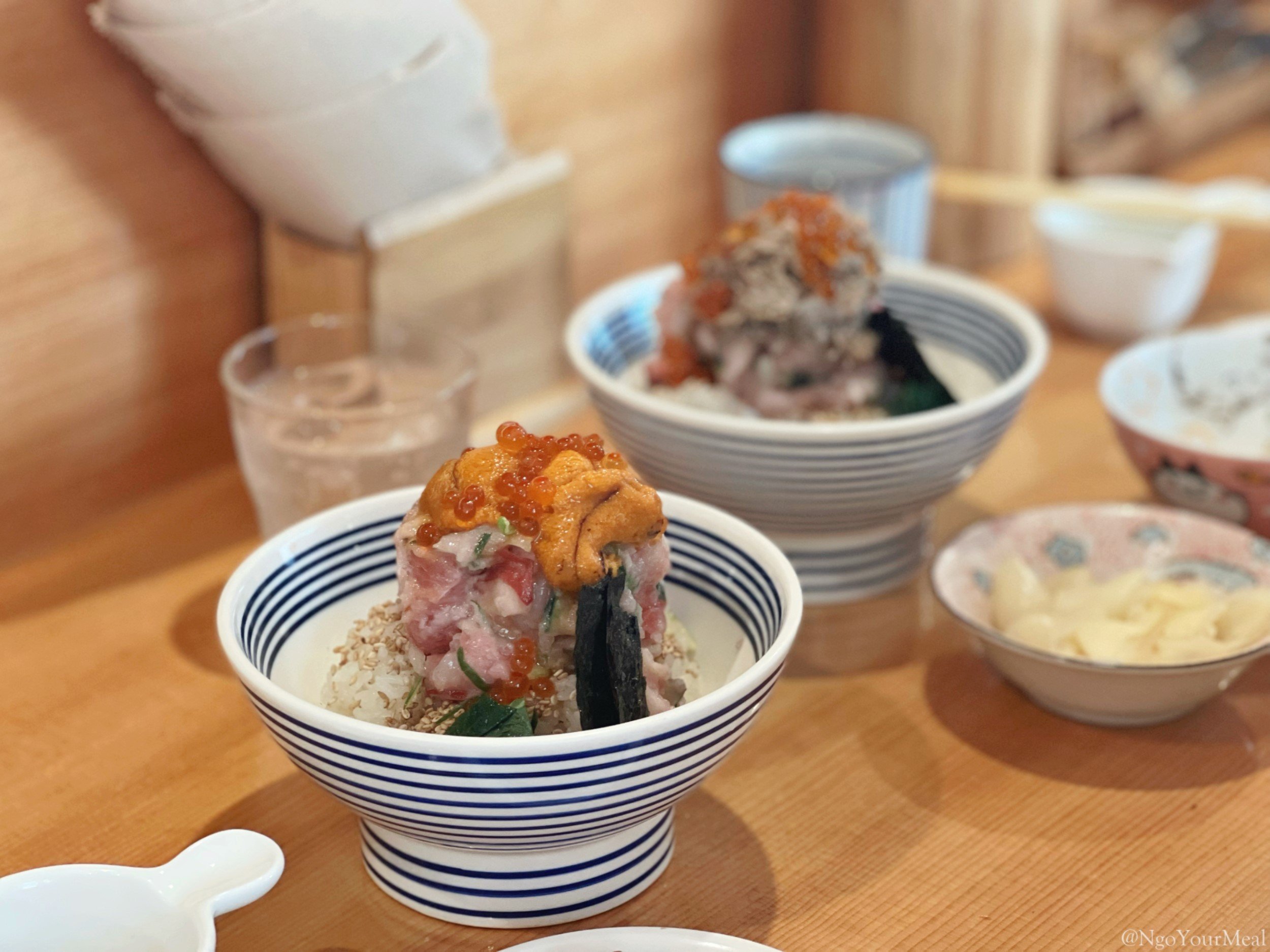

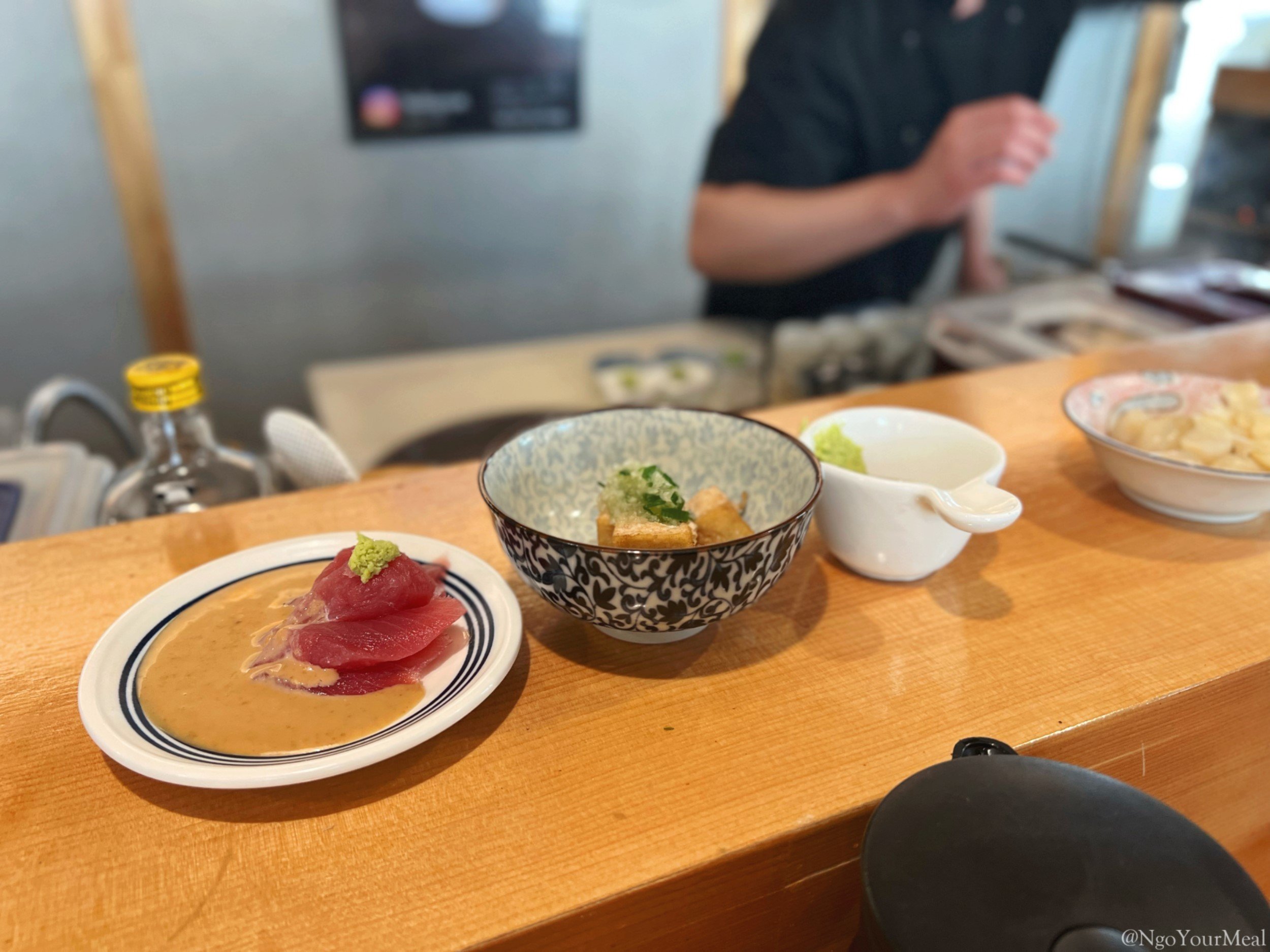
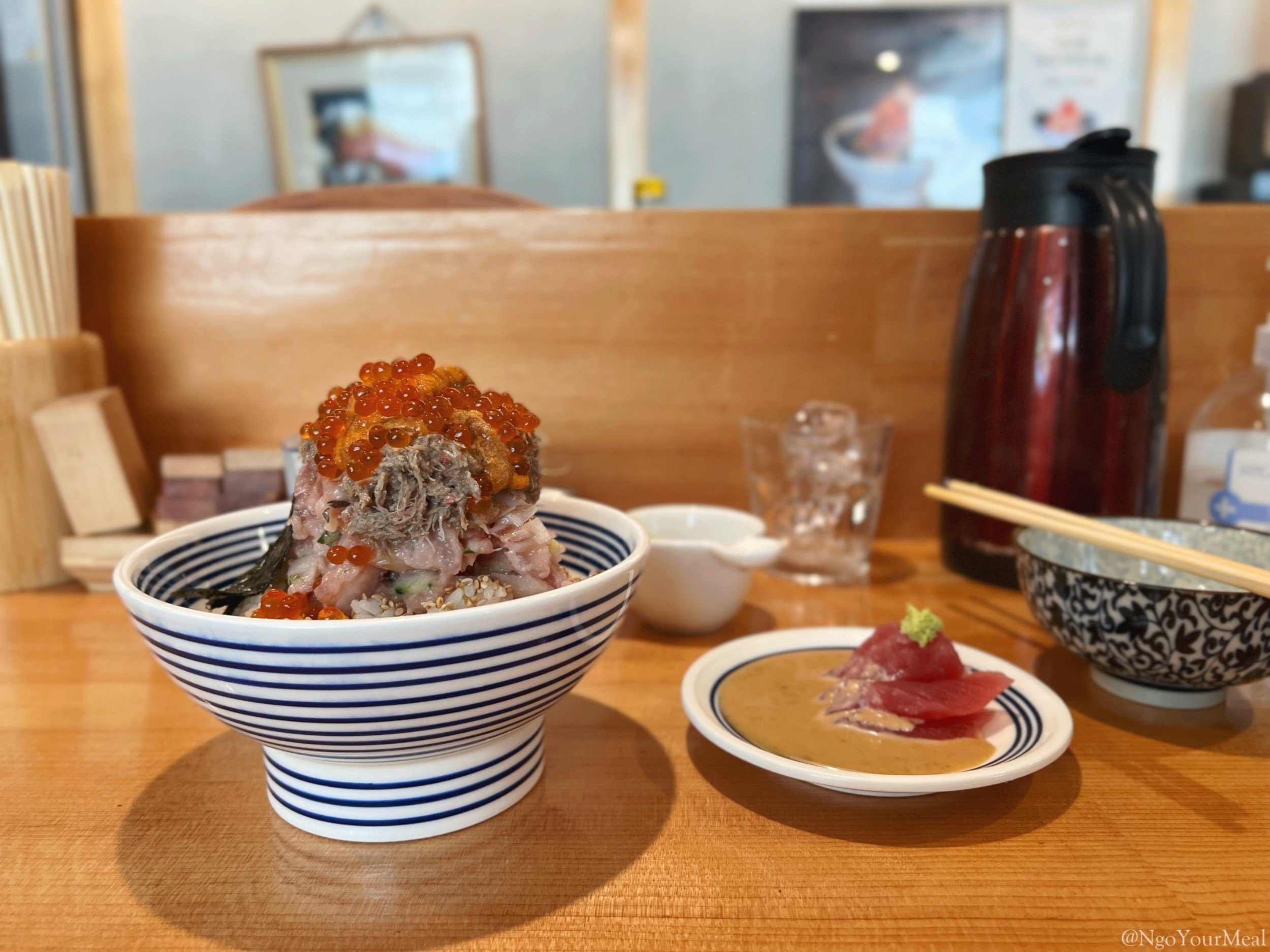
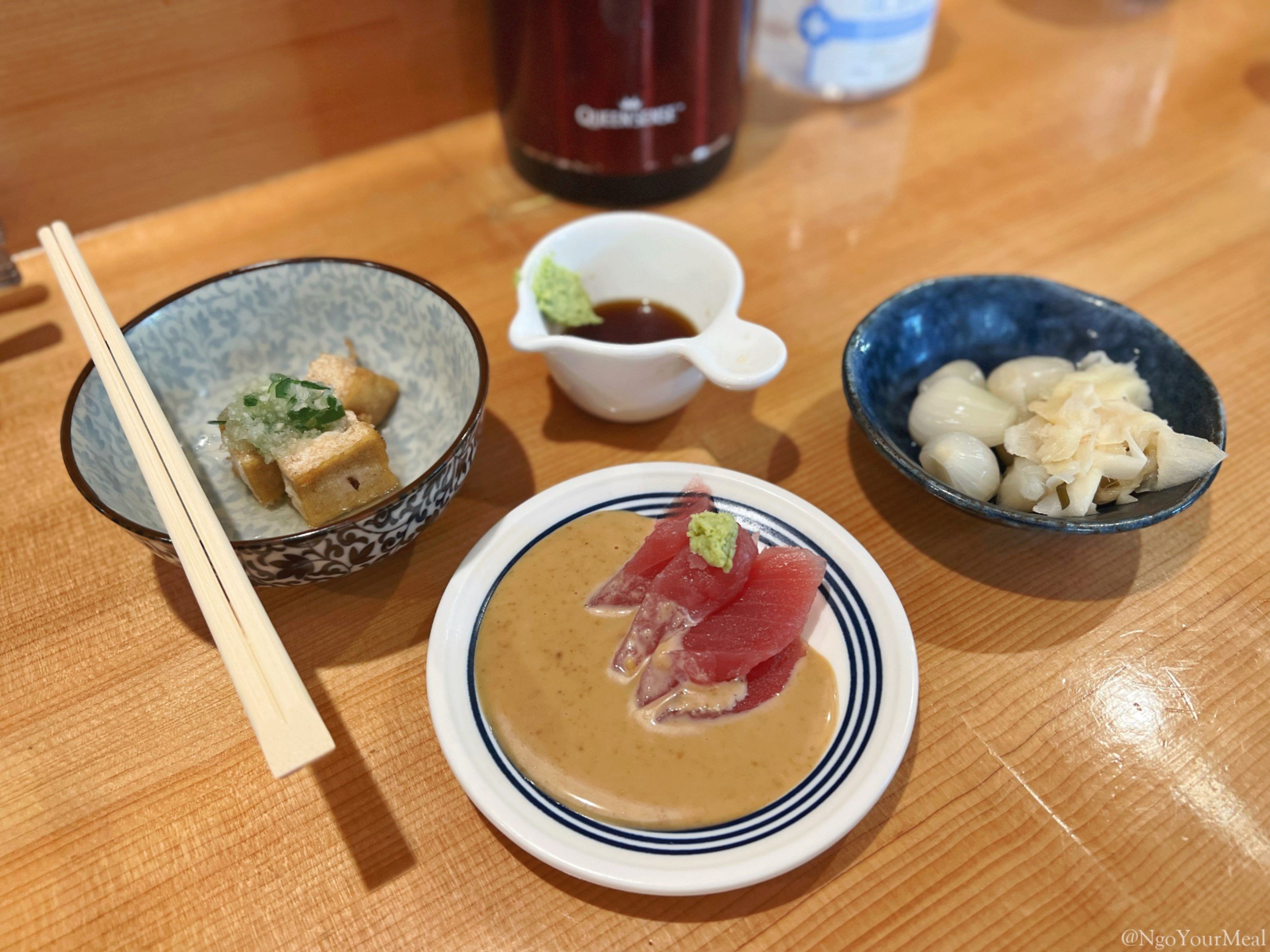
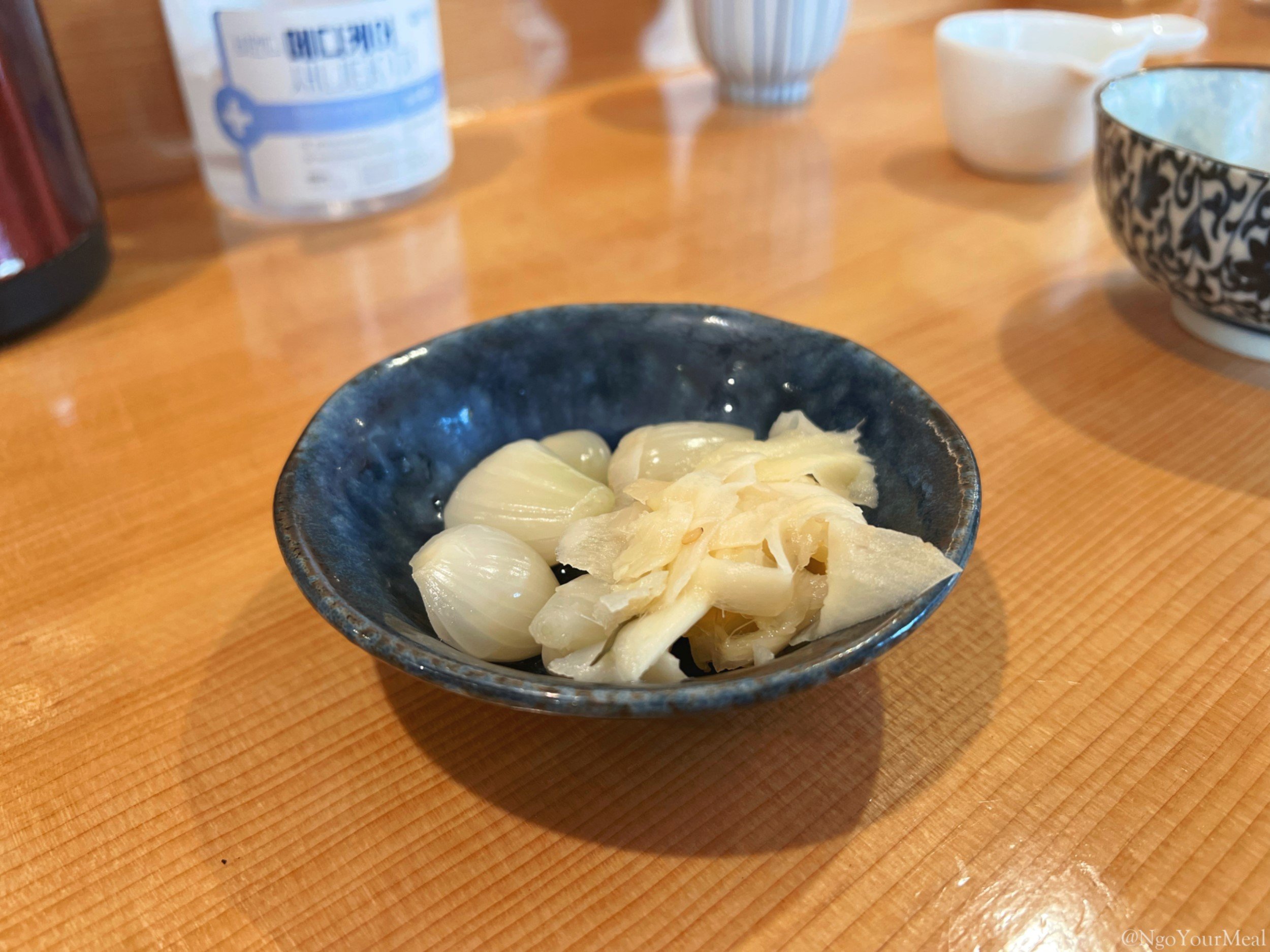
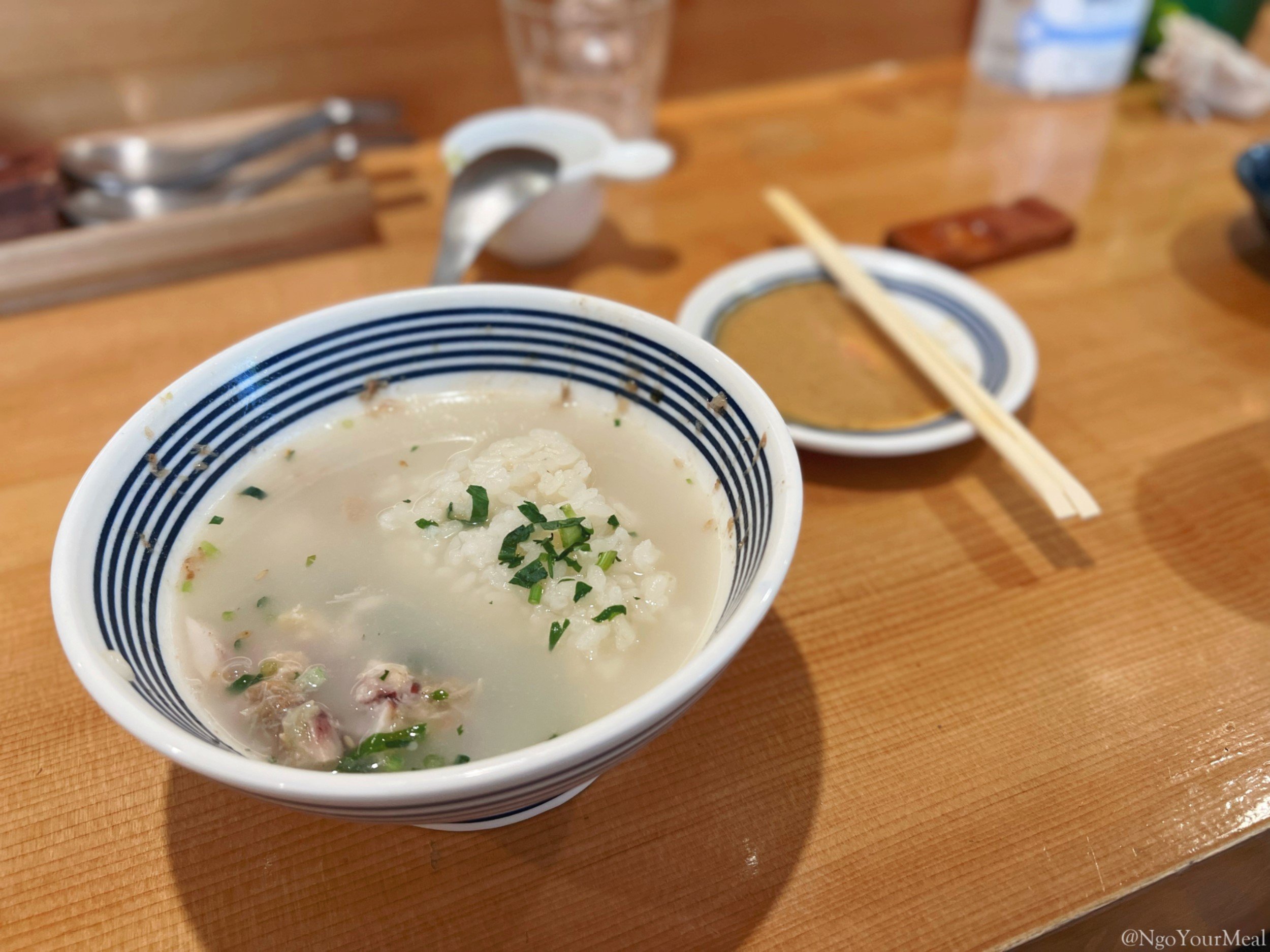
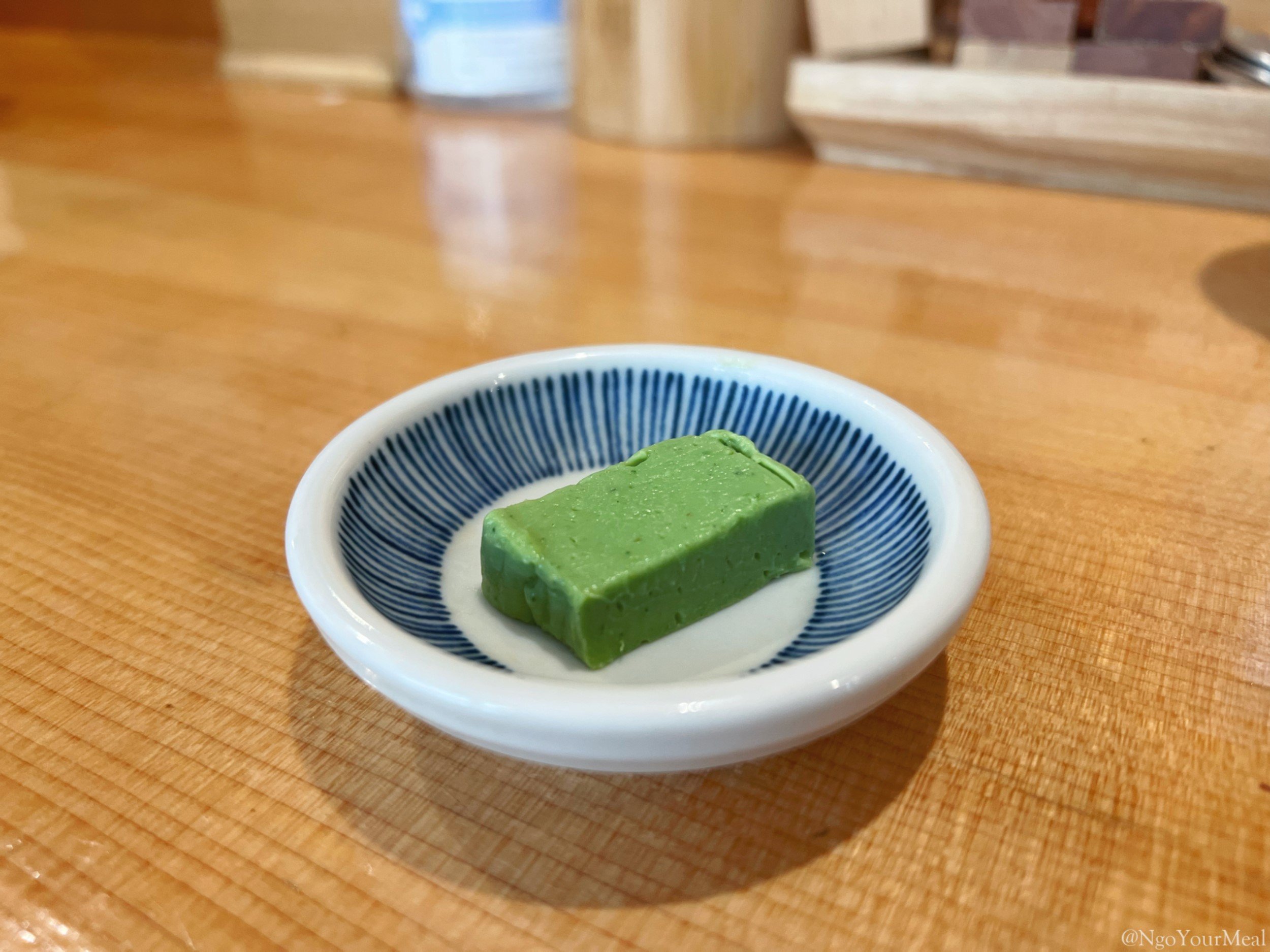
Do you ever have an insatiable craving for fresh, raw seafood? Kiyohan is the place to go for an indulgent pile of it. Located in Mapo-gu in South Korea, this Japanese eatery produces their signature Kaisendons with impressive efficiency and consistency.
Their menu revolves around a “base” Kaisendon, which includes a variety of raw fish and seafood over a warm bowl of rice. Then, there are various add-ons for crab, sea urchin, or ikura. Before the Kaisendon is demolished, Kiyohan pours hot Tai-dashi (sea bream broth) into the bowl to round out the meal.
Kiyohan is very popular. During peak hours, you can expect a long wait since there are only a few seats inside the restaurant. To avoid the line, I suggest getting there a little bit before they open.
Overall, I think Kiyohan is a formidable Japanese restaurant in South Korea. The meal is simple with a high quality taste and structure. For the price, Kiyohan is not cheap but it does have good value. I’ve found that it’s priced to the similar Kaisendon restaurants in Japan. A visit to Kiyohan is a great way to satisfy anyone’s appetite.
Cuisine: Japanese
Average Price per Person: $17 USD / 22,000 WON (Food Only)
Address:
480-6 Seogyo-dong, Mapo-gu, Seoul, South Korea
서울특별시 마포구 서교동 480-6
Recommended:
Uni Kaisendon (우니 카이센동)
As you can see above, Kiyohan is a small restaurant. There are two chefs that prepare the food but they are quick and efficient. The bottleneck is definitely the number of open seats. During prime lunch or dinner hours, you can expect a long line.
As soon as we sat down, we were served: Tofu, Soy Sauce with Wasabi, Tuna Sashimi with Sesame/Miso Sauce, Pickled Ginger, and Rakkyo (Pickled Chinese Onion).
The Tuna Sashimi and Tofu are eaten as appetizers. Then, the Soy Sauce with Wasabi, Pickled Ginger, and Rakkyo are eaten with the Kaisendon. The Tuna Sashimi was fresh, firm, and delicious.
The standard Kiyohan-don comes with an assortment of Squid, Conch, Clam, Tuna Belly, Herring Roe, Salmon Roe, Shrimp, Cucumber, and Green Onion. All of those ingredients are chopped up, mixed together, and placed on a bed of rice. The other options on the menu are essentially the standard Kiyohan-don plus an add-on ingredient. For example, we got the Uni Kaisendon (우니 카이센동), which comes with uni on top.
We were instructed to mix the Wasabi into the Soy Sauce then pour as much as we want into the Kaisendon.
(22,000 WON)
When we were about two-thirds done with the Kaisendon, they poured some hot Tai-dashi, or sea bream broth, into the bowl. The hot broth was deeply flavorful and helped texturize some of the seafood too. This transformed the Kaisendon into a whole new dish.
It was warm, comforting, and hearty. I really enjoyed it.
To end the meal, Kiyohan served a complimentary Green Tea Pudding. This small dessert was actually just right. I was quite full after finishing my entire Kaisendon with the Tai-dashi. The green tea flavor was very pronounced and I adored how lightly creamy it was.




